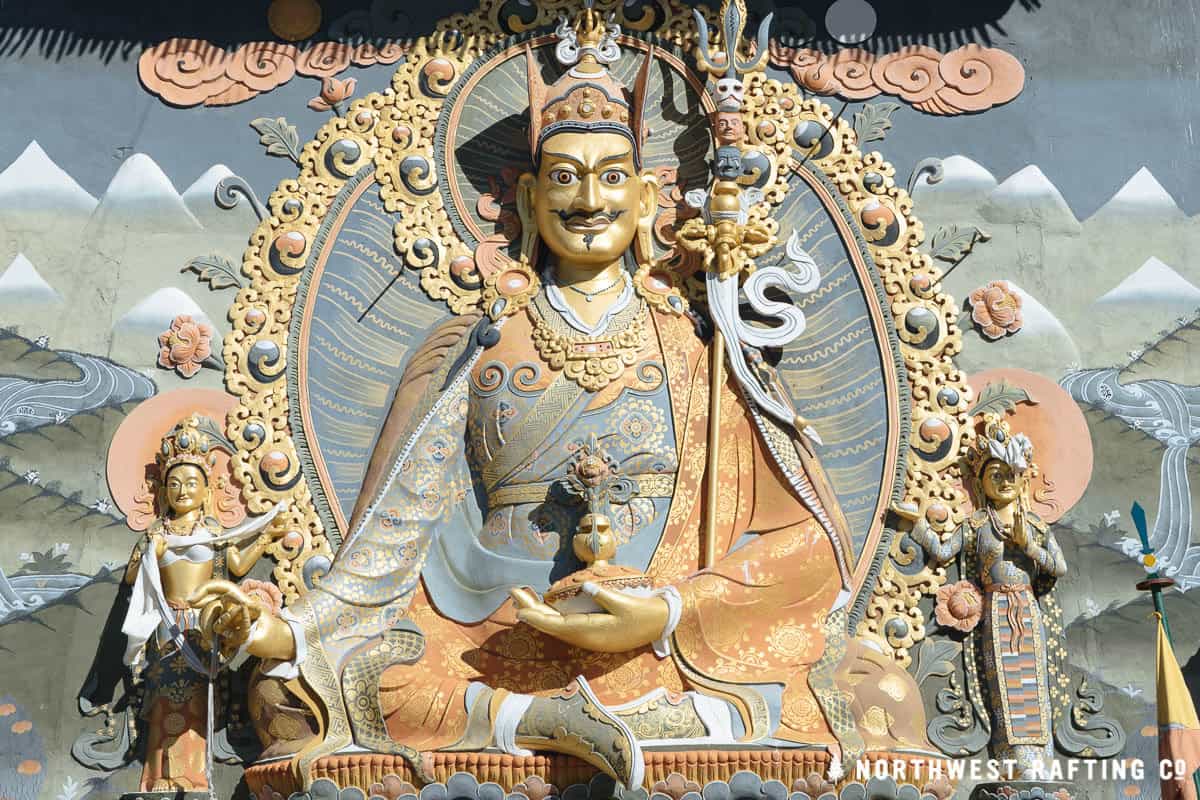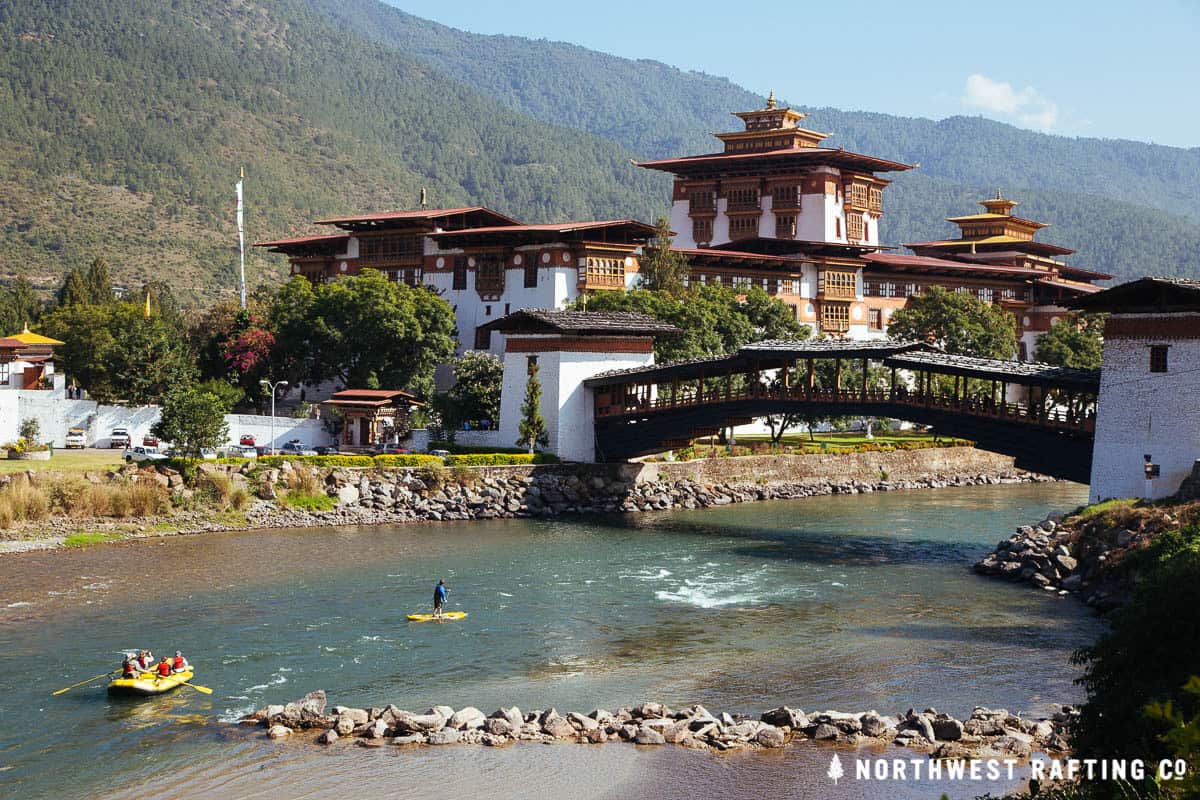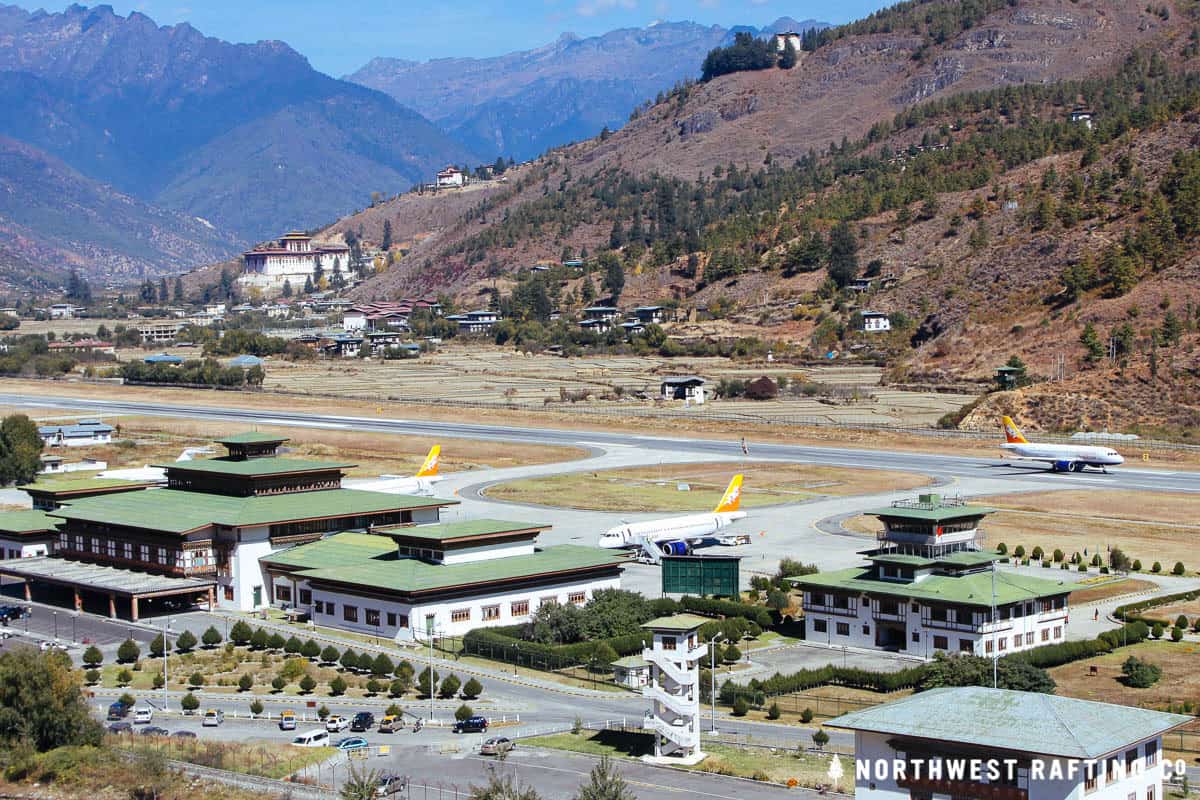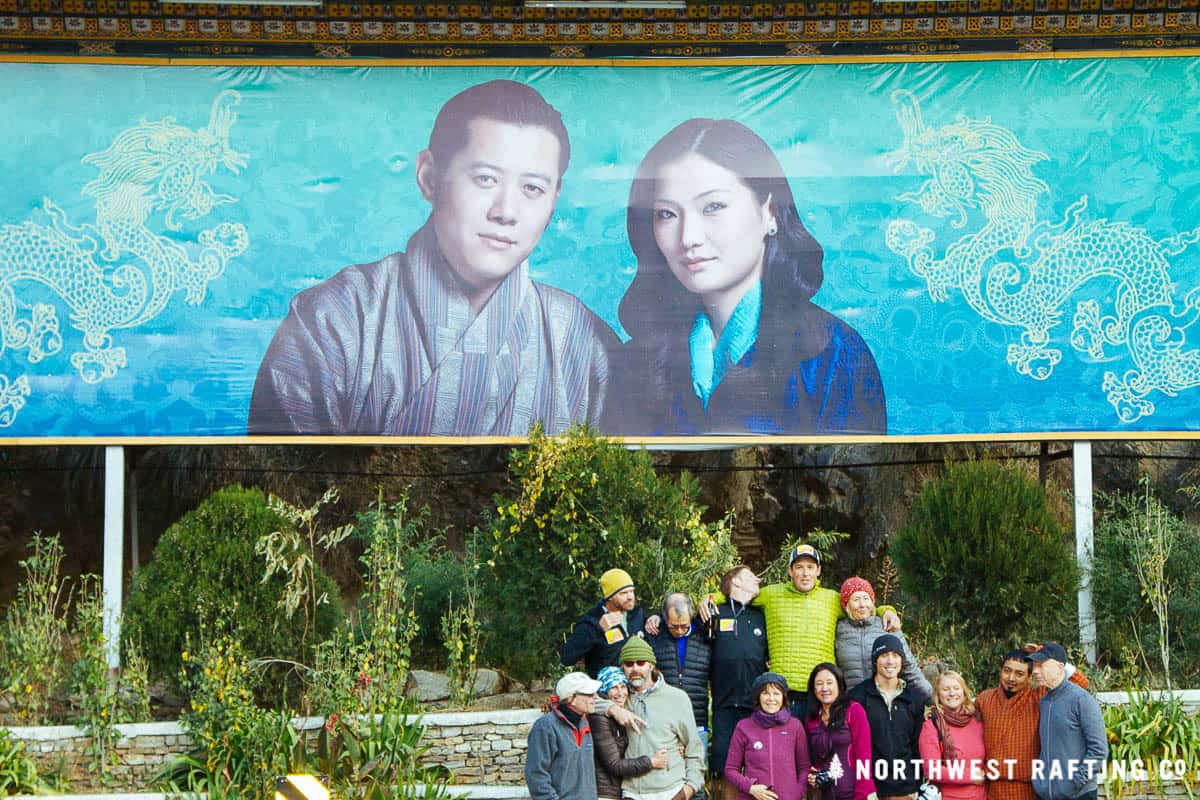While visiting Bhutan you’ll hear much about it’s history while visiting Lhahakngs (monasteries) and Dzongs (large fortresses). The following breakdown of Bhutan’s historical periods were introduced in the book “The History of Bhutan” by Karma Phuntsho.
Prehistoric Period (through the mid 7th century)
Very little is know about this period since no historical records exist. There is evidence of humans going back to 4000 BC and neolithic tribes beginning to populate the large river valleys around 2500 BC. Many of these tribes practiced Bon, a shamanistic and ritualistic religion.
Early Historic Period (7th century to 17th century)
In 659 AD the Tibetan King Songsten Gampo built Buddhist temples throughout the Himalayan Mountains to subdue a very large demoness. Two of these temples were built in Bhutan to pin down it’s knee and ankle.
The 8th century brought the arrival of legendary mystic Padmasambhava (aka Guru Rinpoche) who introduced and promoted the Mahayana (Tibetan) style of Buddhism. This led to a rapid spread of Buddhism throughout Bhutan and a more peaceful era.

During this time Buddhist saints like the “iron bridge builder” Thangtong Gyalpo and “divine madman” Drukpa Kunley travelled from to Bhutan from Tibet. These saints contributed to the spread Buddhism.
Medieval Period (17th century to 1907)
This period begins in the mid 17th century when Shabdrung Ngawang Namgyal (known simply as “Shabdrung”) left Tibet and moved to Bhutan. He unified the country for the first time and built the massive Dzong fortresses as administrative, religious, and military centers of each region. His new government was a dual system with a civil leader (Druk Desi) and religious leader (Je Khenpo).

He died in 1651 but his power did not pass on to another Shabdrung. The local leaders kept his death silent for 54 years as they felt the country would break into civil war without his leadership. After his death was announced the country continued to stay united but there was infighting between penlops (districts).
Early Modern Period (1907 to 1960)
This period began in 1907 with the coronation of the first Dragon King (Druk Gyalpo) Sir Ugyen Wangchuk. The first Dragon King once again brought peace, unity, and prosperity to Bhutan. In 1955 the capital was moved from Punakha To Thimphu to be closer to the international airport and roads to India.

Modern Period (1960 to present)
In 1960 Bhutan opened it’s border to India. This brought cars, roads, modern building methods, and plastic (food wrappers).
In 1972 the Third King passed away and the Fourth King Jigme Singye Wangchuck was coronated. He is a truly remarkable man who:
- Installed hydropower dams
- Introduced the concept of Gross National Happiness (GNH)
- Moved the country from a monarchy to a democracy
- Lifted a ban on television and internet
The Fourth King brought many modern reforms to Bhutan while keeping it’s traditional culture intact.

In 2006 the Fourth King abdicated the throne, passing it to the Crown Prince who is now the Fifth King. In 2008 the country officially made the transition from a monarchy to a parliamentary democracy. Under the new system, the elected Prime Minister takes care of the administration of the country while the King continues as the head of state.

